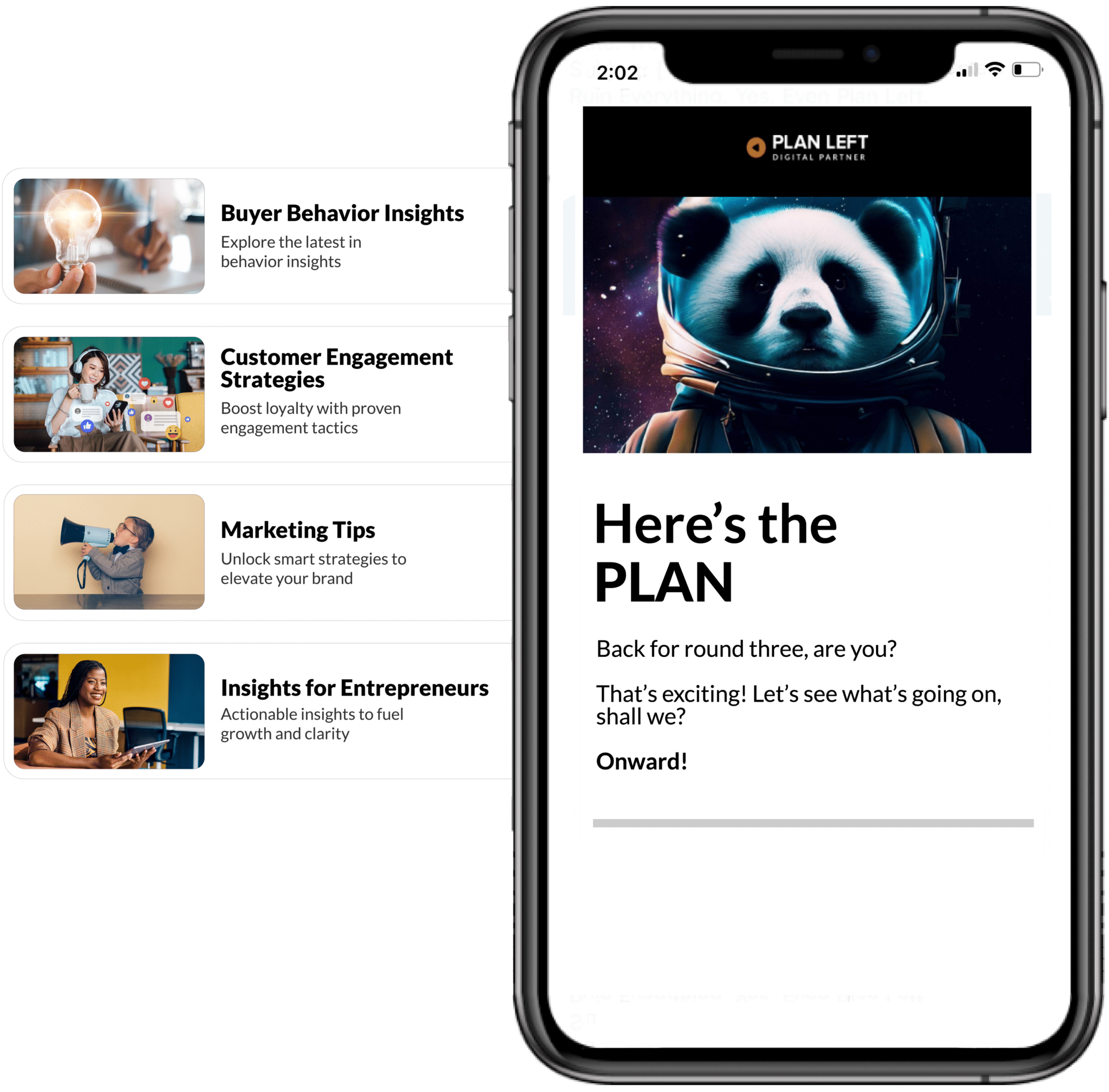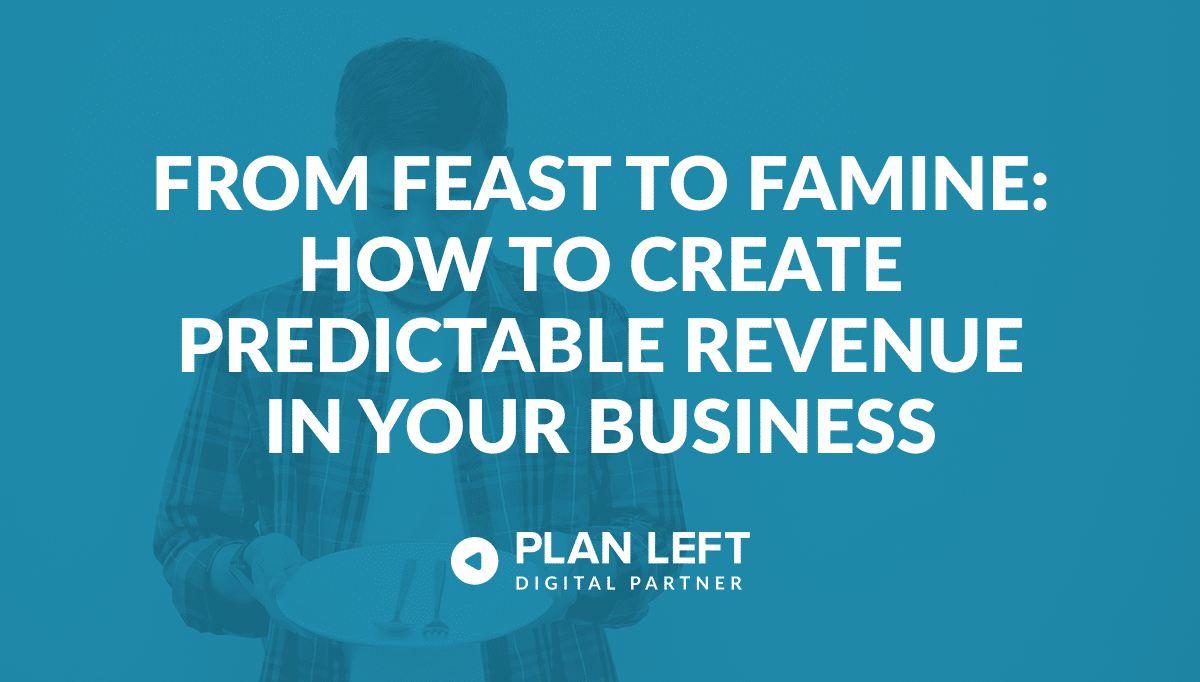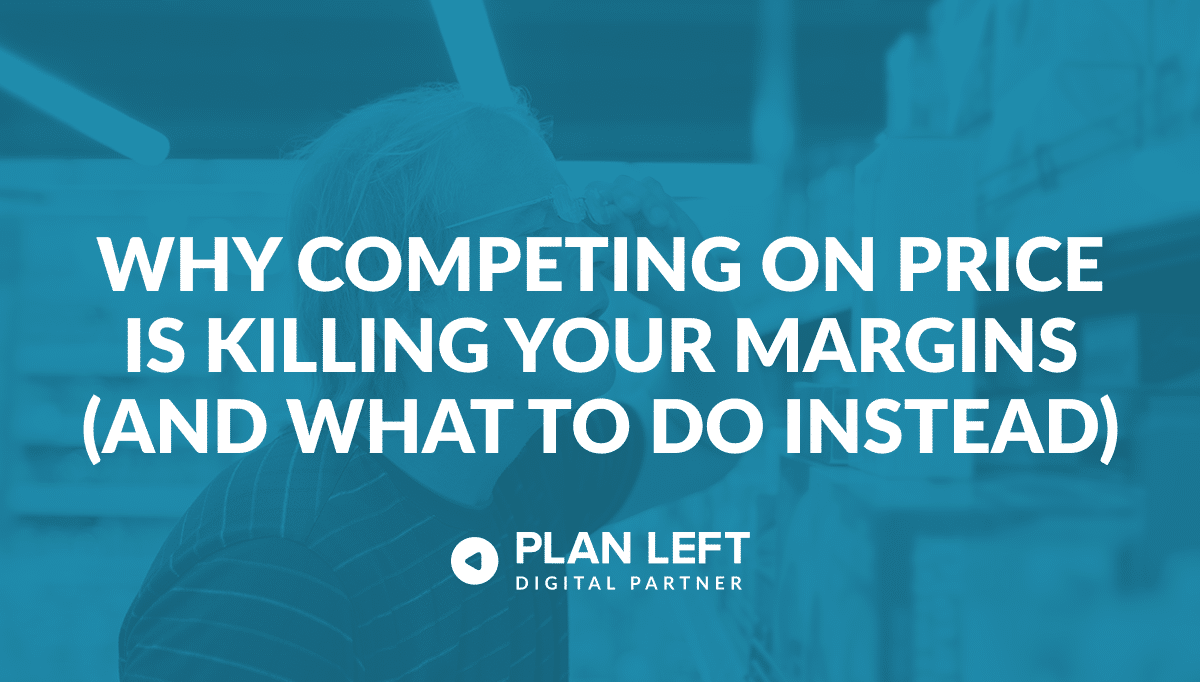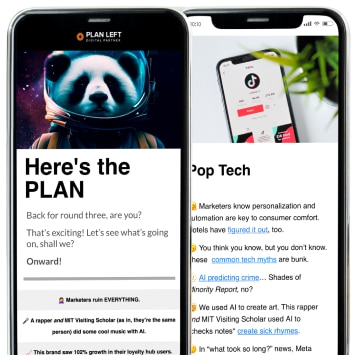
5 Signs Your Business Is Ready to Own Its Marketing (Without an Agency)
The default assumption in business is that marketing requires either specialized staff or agency expertise. You’re running the business—marketing should be handled by marketing people. This logic leads countless growing businesses to hire agencies before they’re truly ready, creating expensive dependencies that often fail to deliver sustainable results.
But there’s a different path that’s increasingly viable for businesses at a certain stage of development: building internal marketing capabilities that give you ownership of your growth trajectory.
The Agency Dependency Trap
Why Most Businesses Outsource Too Early
Outsourcing marketing feels like the responsible choice. You recognize marketing’s importance, you lack internal expertise, and agencies promise professional execution and results. This decision often happens during growth phases when businesses feel pressure to “do marketing right” without fully understanding what their business needs first.
The problem isn’t outsourcing itself—it’s outsourcing before foundational elements are in place. When you hand marketing to an agency before you’ve clarified your positioning, validated your offer, or established basic systems, you’re asking them to build on unstable ground. The results are predictably disappointing, and you’ve created dependency without building capability.
The Hidden Costs of Agency Reliance
Beyond the monthly retainer, agency relationships carry hidden costs: you don’t own the strategic thinking or knowledge that develops, you don’t control the data or systems being built, you can’t respond quickly when opportunities emerge, and you remain dependent on external expertise for decisions that should be internal capabilities. When the relationship ends, you’re often back to square one, having invested significantly without building lasting internal value.
Sign #1: You Have a Validated Offer That Converts
What “Validated” Really Means
A validated offer is one you’ve sold successfully multiple times, that solves a clear problem your target market urgently needs addressed, that generates strong enough margins to support your business model, and that you can deliver consistently with repeatable processes. Validation isn’t about having one or two successful clients—it’s about having proven that your offer reliably attracts buyers and delivers transformation.
If you’re still testing pricing, refining what you’re actually selling, or figuring out how to deliver results consistently, you’re not ready to scale marketing. An agency might generate leads, but if your offer isn’t validated, those leads won’t convert efficiently, and you’ll waste money attracting prospects for an offer that needs fundamental work.
Red Flag: You’re Still Testing Product-Market Fit
If you’re regularly adjusting your offering based on what individual prospects request, haven’t established consistent pricing, or are unsure exactly who your ideal client is, you’re still in the product-market fit phase. Marketing amplifies what exists—if what exists is still evolving, premature marketing investment creates confusion and waste rather than growth.
Sign #2: Your Brand Differentiation Is Crystal Clear
Beyond Features: The Power of Positioning
Being ready to own your marketing requires knowing exactly what makes you different and why that difference matters to your ideal clients. This goes beyond listing features or capabilities—it’s about owning a specific position in your market that makes you the obvious choice for certain buyers.
If you struggle to articulate why someone should choose you over alternatives without defaulting to price, quality, or service (things every competitor claims), your differentiation needs work before scaling marketing. Clear differentiation is what makes marketing efficient—it helps you attract the right prospects and repel the wrong ones naturally.
How to Test If Your Differentiation Is Strong Enough
A simple test: can someone who understands your market immediately identify who you’re for and why you’re the right choice after reviewing your website or sales materials? If your positioning requires lengthy explanation or feels generic enough that competitors could use the same language, it’s not strong enough yet.
Strong differentiation means ideal prospects self-identify and non-ideal prospects recognize they’re not a fit. This natural qualification process is what makes marketing scalable and sustainable.
Sign #3: You Have Baseline Systems and Processes
The Minimum Operational Foundation
Owning your marketing requires baseline operational systems: a way to capture and manage leads, a sales process that moves prospects toward decisions, a method for delivering on what you sell, and basic financial tracking that shows whether marketing investment produces profitable returns. Without these fundamentals, adding marketing simply creates more chaos.
These systems don’t need to be sophisticated—they need to exist and function reliably. If you’re still operating primarily from memory and inbox rather than established processes, invest in operational foundation before scaling marketing.
Why Marketing Amplifies What Already Exists
Marketing doesn’t fix operational problems—it exposes them. If your sales process is inconsistent, marketing will generate leads that don’t convert efficiently. If your delivery system is unreliable, marketing will bring clients who become dissatisfied. If you can’t track financial performance, marketing investment becomes a leap of faith rather than a measurable business decision.
The businesses that succeed with owned marketing are those where marketing amplifies an already-functional business model rather than trying to compensate for fundamental operational gaps.
Sign #4: You’re Ready to Own Your Marketing Data
The Agency Black Box Problem
Most agency relationships create data dependency—the agency controls the accounts, owns the learning, and maintains the strategic knowledge. When you’re ready to own your marketing, you need to own this intelligence too. That means being willing to invest in understanding marketing fundamentals, tracking performance in systems you control, and making data-driven decisions rather than delegating strategic thinking entirely.
What Data Ownership Really Means
Owning your marketing data means you have visibility into which activities generate leads, how leads convert to customers, what acquisition costs look like by channel, and how marketing investment connects to revenue outcomes. This visibility doesn’t require becoming a marketing expert—it requires having dashboards and reports that translate technical metrics into business intelligence you can use for decision-making.
If you’re not ready to engage with this data and use it to guide decisions, you’re not ready to own your marketing. The power of owned marketing comes from the continuous learning and optimization that data enables.
Sign #5: You Have (or Can Dedicate) Internal Resources
It Doesn’t Require a Full Marketing Team
Owning your marketing doesn’t mean hiring expensive specialists or building a complete marketing department. Many businesses successfully manage their marketing with a single dedicated operator who understands the system, executes consistently, and uses data to optimize performance. This person doesn’t need to be a marketing expert—they need training in your specific marketing framework and the commitment to execute it systematically.
The resource requirement is real but manageable: someone needs to dedicate focused time to marketing execution, performance review, and continuous improvement. If everyone in your business is already at capacity with no margin for additional responsibilities, you’re not ready to own marketing yet.
Time Commitment Reality Check
Owning your marketing typically requires 10-15 hours per week of dedicated focus—more during initial setup and testing, less once systems are running smoothly. This time goes to content creation, campaign management, lead follow-up, performance analysis, and optimization. If this time commitment isn’t realistic given your current team and capacity, either building that capacity or working with an agency may be more appropriate in the near term.
What to Do If You’re Not Ready Yet
Building Your Foundation First
If you recognize you’re not yet ready to own your marketing, that’s valuable clarity. The work isn’t jumping into marketing prematurely—it’s building the foundation that will make marketing effective when you’re ready. That means validating and refining your offer, clarifying your differentiation, establishing baseline operational systems, and potentially growing your team to create capacity for marketing ownership.
This foundational work isn’t less important than marketing—it’s what makes marketing work. Many businesses that rush into marketing before these elements are solid end up wasting significant resources and creating frustration.
Strategic Next Steps
If you’re close to ready but not quite there, identify the specific gaps and create a plan to address them. Perhaps you need one or two more successful client implementations to fully validate your offer. Maybe your differentiation is almost clear but needs refinement. Or your systems are functional but need documentation before someone can reliably execute them.
These gaps are typically addressable in weeks or months, not years. The businesses that successfully transition to owned marketing are those that deliberately build the foundation rather than skipping straight to execution.
Taking Control of Your Marketing Future
The question isn’t whether agencies are good or bad—it’s whether your business is ready to own its marketing destiny. For businesses with validated offers, clear differentiation, functional systems, commitment to data-driven decisions, and dedicated internal resources, owning marketing provides control, capability building, and often better results than outsourcing.
If you’re not there yet, that’s not failure—it’s clarity about where to focus. Build the foundation first. When these five signs are present in your business, you’re ready to take ownership of your marketing and the growth it drives. That ownership transforms marketing from an expense you hope works into a system you control, understand, and continuously improve.
The businesses that thrive long-term are those that build internal capabilities in their critical functions—including marketing. Whether you’re ready now or building toward readiness, owning your marketing capabilities positions you for sustainable growth that doesn’t depend on external relationships or create unnecessary dependencies. Your marketing can be a strategic asset you own rather than a service you rent.
Explore Latest Posts
5 Signs Your Business Is Ready to Own Its Marketing (Without an Agency) The default assumption in business is that ... read more
December 31, 2025
From Feast to Famine: How to Create Predictable Revenue in Your Business Three months ago, you couldn't take on another ... read more
December 29, 2025
Why Competing on Price Is Killing Your Margins (And What to Do Instead) When a prospect asks "how much do ... read more
December 25, 2025
Essential Strategies for Entrepreneurs
Get Actionable Business Insights & Marketing Tips
Our newsletter delivers real-world strategies from entrepreneurs who’ve been exactly where you are.
Sign up now for:
- Actionable growth strategies that work
- Insider tactics for attracting top talent
- Real-world case studies from successful founders
- Emerging tech trends that drive innovation
- Pragmatic marketing approaches for visionary leaders



